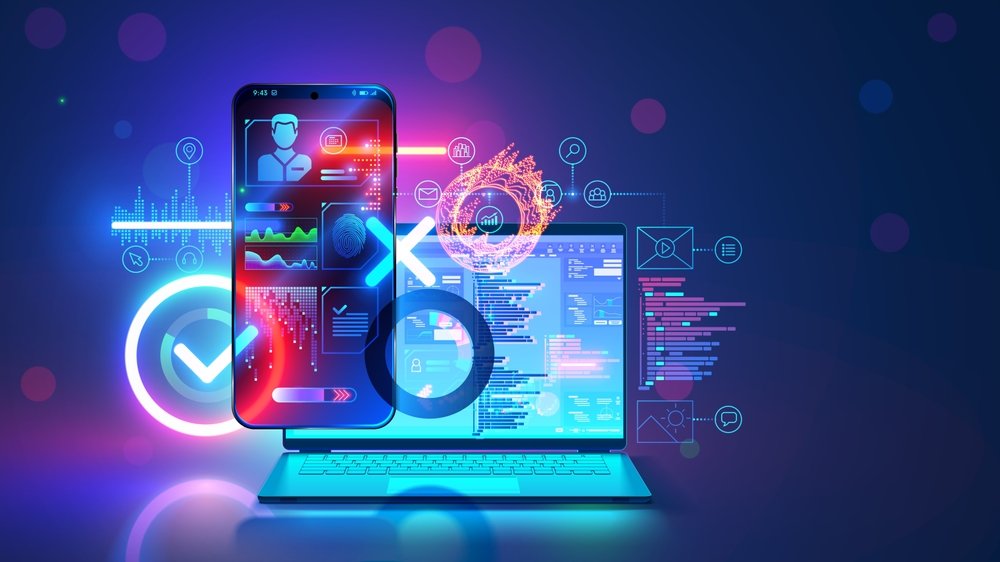In today’s digital era, businesses face growing cybersecurity threats, insider risks, and compliance challenges. Data breaches, unauthorized access, and employee misconduct can severely impact organizations, leading to financial losses and reputational damage. One effective solution to enhance security is the implementation of screen monitor software.
Screen monitoring software allows businesses to track user activities, prevent data leaks, and ensure compliance with industry regulations. This article explores the critical role of screen monitoring software in business security and why companies must adopt it as part of their cybersecurity strategy.
Understanding Screen Monitor Software
Screen monitor software is an advanced security tool that captures real-time snapshots of employee screens, providing visibility into user activities. Unlike general monitoring tools that track keystrokes or application usage, screen monitoring offers direct insight into employee behavior, helping businesses detect suspicious activities before they escalate into major security threats.
Key Features of Screen Monitor Software:
- Automated Screenshot Capture: Captures screen activity at regular intervals or in response to specific triggers.
- Real-Time Monitoring: Allows administrators to view employee screens in real time.
- Data Storage & Retrieval: Stores screenshots securely for later review.
- AI-Powered Anomaly Detection: Identifies unusual activities that may indicate security risks.
- User Access Controls: Restricts access to sensitive information based on roles and permissions.
With these features, businesses can proactively safeguard their data and prevent unauthorized activities.
Security Benefits of Screen Monitor Software
Preventing Insider Threats
One of the biggest security risks businesses face comes from within. Employees with access to sensitive information can pose a threat, whether intentional or accidental. Screen monitoring software helps mitigate these risks by:
- Detecting Suspicious Activities: Identifies unauthorized data access or unusual login patterns.
- Preventing Data Leaks: Screenshots provide evidence if confidential data is copied, shared, or misused.
- Holding Employees Accountable: Encourages responsible usage of company resources by making employees aware of monitoring policies.
By monitoring employee actions, businesses can prevent internal security breaches before they happen.
Protecting Sensitive Business Data
Data protection is a top priority for businesses handling proprietary information, customer records, or financial details. Screen monitoring software plays a crucial role in safeguarding sensitive data by:
- Providing a Visual Record: Screenshots act as a visual audit trail to track how data is accessed and used.
- Blocking Unauthorized Access: Alerts administrators if unauthorized personnel attempt to access restricted files.
- Enhancing Network Security: Complements other security measures such as firewalls and antivirus software.
Implementing screen monitoring solutions significantly reduces the risk of data exposure and cyberattacks.
Ensuring Compliance with Industry Regulations
Many industries, such as finance, healthcare, and legal sectors, must adhere to strict regulatory compliance standards, including GDPR, HIPAA, and SOC 2. Screen monitor software ensures businesses remain compliant by:
- Recording User Activity: Creates an audit trail for regulatory inspections.
- Demonstrating Compliance: Provides evidence that employees follow security protocols.
- Preventing Legal Liabilities: Reduces the risk of regulatory violations that could lead to hefty fines.
By integrating monitoring software, businesses can streamline compliance processes and avoid penalties.
Enhancing Remote Workforce Security
With the rise of remote work, businesses face new security challenges. Employees working from home may access company resources from unsecured networks, increasing the risk of data breaches. Screen monitor software addresses these concerns by:
- Ensuring Remote Work Compliance: Tracks employee activity to confirm adherence to company policies.
- Preventing Unauthorized Data Transfers: Detects and stops unauthorized file sharing.
- Providing Secure Remote Access: Helps IT teams monitor access to sensitive applications and information.
By using monitoring software, businesses can maintain control over their security, even in a remote work environment.
Implementation Strategies for Businesses
Choosing the Right Screen Monitor Software
When selecting a screen monitoring solution, businesses should consider:
- Customizability: The ability to set monitoring parameters based on company needs.
- Ease of Use: A user-friendly interface that simplifies monitoring and reporting.
- Compliance Features: Tools that help businesses meet regulatory standards.
- Data Security: End-to-end encryption to protect stored screenshots from cyber threats.
Investing in the right software ensures businesses maximize security benefits without disrupting workflow.
Balancing Privacy and Security
While monitoring software enhances security, businesses must also respect employee privacy. Best practices for ethical monitoring include:
- Transparency: Informing employees about monitoring policies.
- Consent-Based Monitoring: Gaining employee agreement before implementing monitoring tools.
- Legal Compliance: Adhering to workplace monitoring laws to avoid legal disputes.
A balance between security and privacy fosters a positive workplace culture while ensuring business protection.
Conclusion
In today’s digital landscape, businesses must take proactive steps to protect sensitive data, prevent insider threats, and ensure compliance. Screen monitor software is an essential tool for enhancing security, providing real-time visibility into employee activities, and reducing cybersecurity risks.
By implementing the right monitoring solution, businesses can:
- Safeguard confidential information
- Reduce internal security threats
- Maintain compliance with industry regulations
- Secure remote workforce operations
As cybersecurity challenges continue to evolve, screen monitoring software remains a critical investment for businesses committed to protecting their digital assets and maintaining a secure workplace.
Also Read
What’s the Average Wage in India for Fresh Graduates in 2025?



